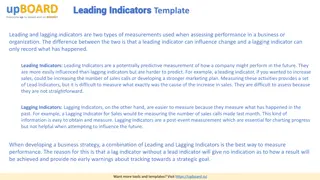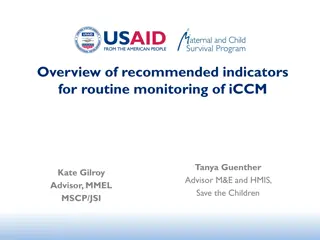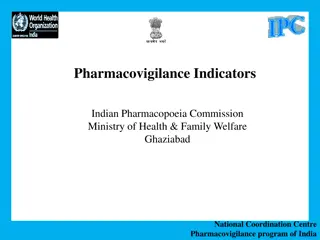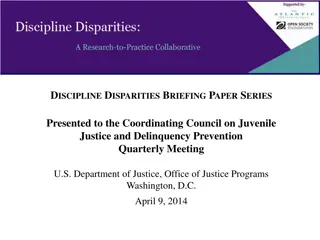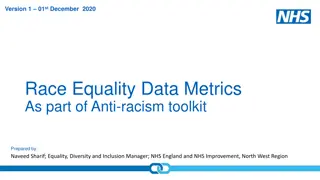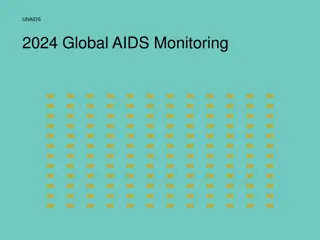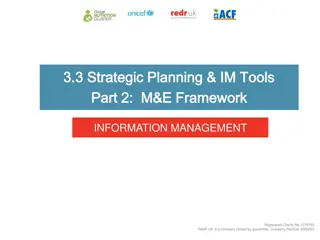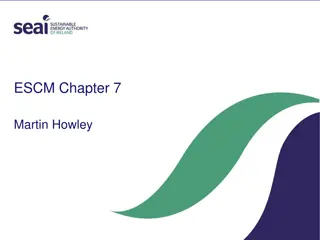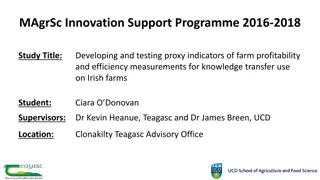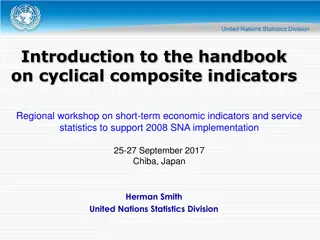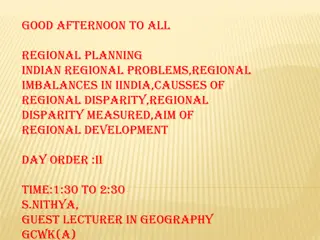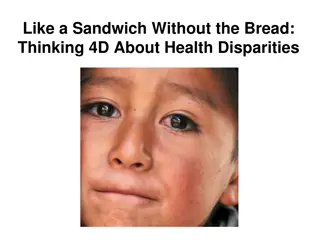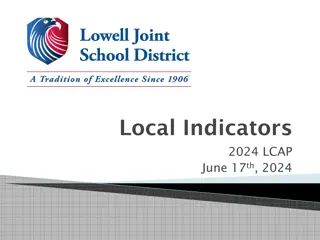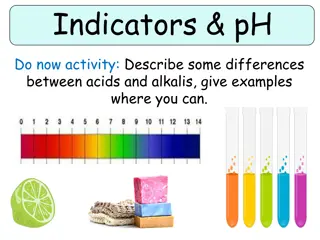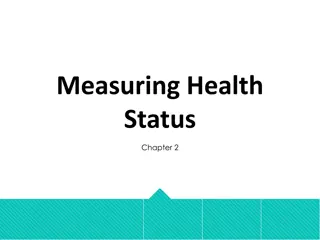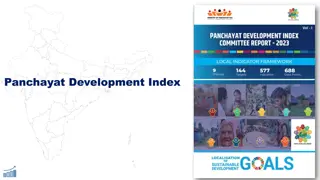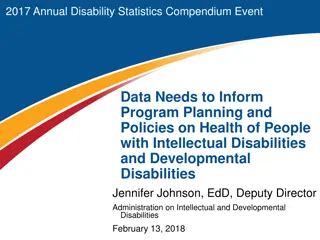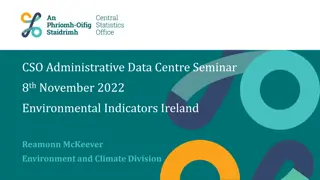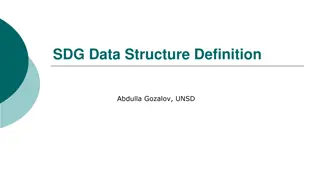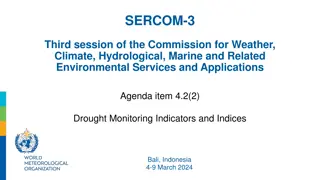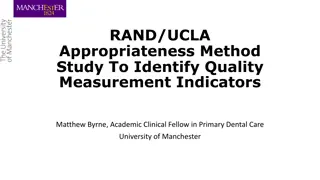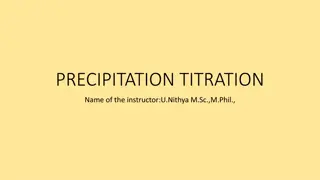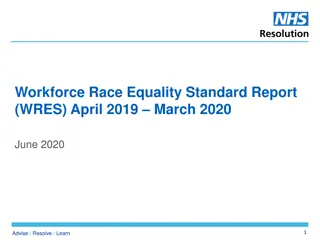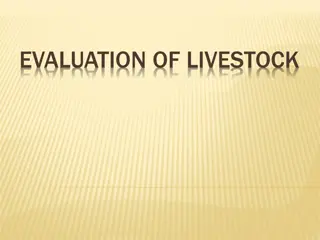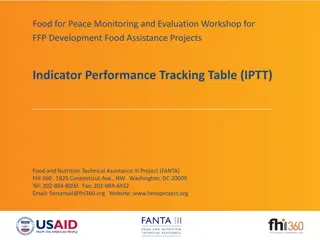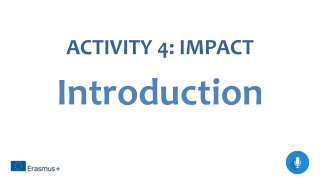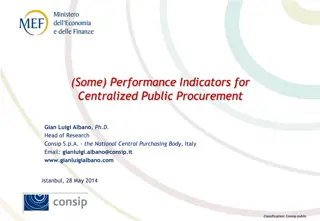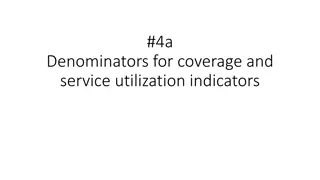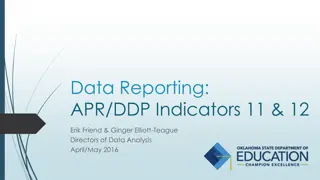Exploring Global Development Disparities through Key Indicators
Revealing significant contrasts in welfare metrics across countries, such as per capita income, children out of school, infant mortality rates, life expectancy, and poverty levels. The data highlights the complexities of development challenges and the varied approaches taken towards welfare reforms to address them.
- Development Disparities
- Global Welfare Metrics
- Reformist Approaches
- Social Indicators
- Economic Disparity
Download Presentation

Please find below an Image/Link to download the presentation.
The content on the website is provided AS IS for your information and personal use only. It may not be sold, licensed, or shared on other websites without obtaining consent from the author. Download presentation by click this link. If you encounter any issues during the download, it is possible that the publisher has removed the file from their server.
E N D
Presentation Transcript
Per Capita Income Per Capita Income Norway $100,000 (1,35,00,000, i.e. 11 lac 25 hazar PKR monthly) Afghanistan $619 (83,565 PKR, i.e. almost 07 hazar monthly) Pakistan $1300 (175,500PKR, i.e. 14625 monthly) 120000 100000 80000 60000 40000 20000 0 Norway Pakistan Afghanistan USA
Children out of School (per 1000) Children 140 129 122 120 100 80 69 Children 60 40 29 20 5 2 0 0 Somalia Afghanistan Nigeria Pakistan USA Denmark Norway
Pupil Teacher Ration (High School) Ratio 80 68 70 60 50 41 40 33 Ratio 30 20 14 7 10 0 CAR Pakistan Nigeria USA Norway
Infant Mortality Rate (1000) IMR 250 192 200 165 150 102 IMR 100 74 57 50 4.3 3.5 0 Angola Afghanistan Bhutan India Pakistan Norway Germany
Life Expectancy at Birth Life 90 83 82 80 66 70 60 48 50 42 Life 40 30 20 10 0 Hongkong Switzerland Pakistan CAR Batswana
Population below Poverty Line Population% 90 80 80 80 70 60 50 Population% 40 29 30 22 20 7.9 10 1.5 0 Liberia Zimbabway Pakistan India Taiwan Switzerland
Why is there so much variation in countries? Income Health Life expectancy Schooling etc
DEVELOPMENT: change and growth the process of changing and becoming larger, stronger, or more impressive, successful, or advanced Growth: get bigger: to become larger
Problems of Development Drug abuse Family breakdown Unemployment
What is the solution? Revolution Reform
Reformism is a political doctrine advocating the reform of an existing system or institution instead of its abolition and replacement. Reformism is the view that gradual changes through existing institutions can eventually lead to fundamental changes in a society s political and economic systems. Reformism as a political tendency and hypothesis of social change grew out of opposition to revolutionary socialism, Socialism contends that revolutionary upheaval is a necessary precondition for the structural changes necessary to transform a capitalist system to socialist economic system.
Welfare reforms are changes in the operation of a given welfare system. The development of welfare in this approach is largely seen as a consequence of economic development of the society on the one hand and the acceptance of the moral responsibility of maintaining minimum standard of welfare on the part of the state on the other[1]. * [1] H.Y Siddiqui, (ed) 1990. Social Welfare in India. New Delhi: Harnam Publications. pp.4-5.
This approach has a national focus whereby problems and policies of a particular society are analyzed in the context of specific concerns of welfare the democratic state is expected to assume the responsibility of institutionalizing welfare rather than treating it as residual* Examples: BISP, Ghurbat Mukao Programme, Pakistan Poverty Alleviation Fund, PM Five Point Programme,



